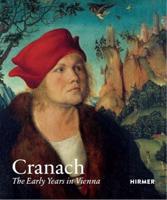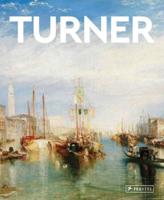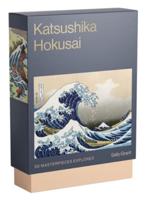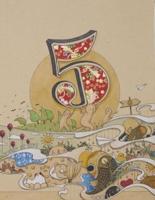Publisher's Synopsis
Marlene Dumas (b.1953) is a South African-born, Amsterdam-based painter, and an internationally admired artists. Dumas recalls in her work the painterly gestures of Expressionism, whilst combining the critical distance of Conceptual art with the pleasures of eroticism. Through her delicately painted oil-on-canvas or ink-and-watercolour depictions of the female form as well as portraits of children and erotic scenes, she comments on the state of painting today. What does it mean to be a woman working within the predominantly male genre of expressionist painting? The artist often depicts women: their expressions, their body and facial typologies, their self-image, their ideals. The relationships between art and female beauty - or between art-historical models and twentieth-century supermodels - are constant themes in her work. Dumas does not paint from life but deliberately chooses 'stock' images from a variety of sources, from magazine cuttings to picture postcards to Old Master paintings, as re-observed through her contemporary perspective. Since the late 1970s she has exhibited widely, with solo exhibitions at the Tate Gallery, London (1996), the Museum für Moderne Kunst, Frankfurt (1998), the Museum van Hedendaagse Kunst, Antwerp (1999), the Centre Pompidou, Paris (2002), the New Museum, New York (2002), the Museum of Contemporary Art, Los Angeles (2008) and the Museum of Modern Art, New York (2008).
Dutch art critic Dominic van den Boogerd surveys themes in Dumas' work in relation to a range of conceptual legacies in depictions of the human figure. New York artist Barbara Bloom interviews Dumas on questions contemporary women artists are asked, from issues of intellectual process to the representation of the self. Art journalist and former Editor of Vogue Italia Mariuccia Casadio focuses on Dumas' painting Josephine (1997), reflecting on the iconic legacy of Josephine Baker. For her Artist's Choice Dumas has selected two authors: Oscar Wilde, whose story 'The Fisherman and His Soul' inspired the artist's early series of works on the theme of mermaids; and Jean Genet, whose autobiography Le Journal du voleur (1949, trans. Thief's Journal, 1964) is excerpted here. Marlene Dumas has often acted as a spokesperson for her work; the Artist's Writings section features many such seminal texts on her own art as well as meditations on love, religion, politics, and a discussion of Goya's painting The Fates. In the Update section art critic Jan Avgikos surveys Dumas' work from 1999 to present.











